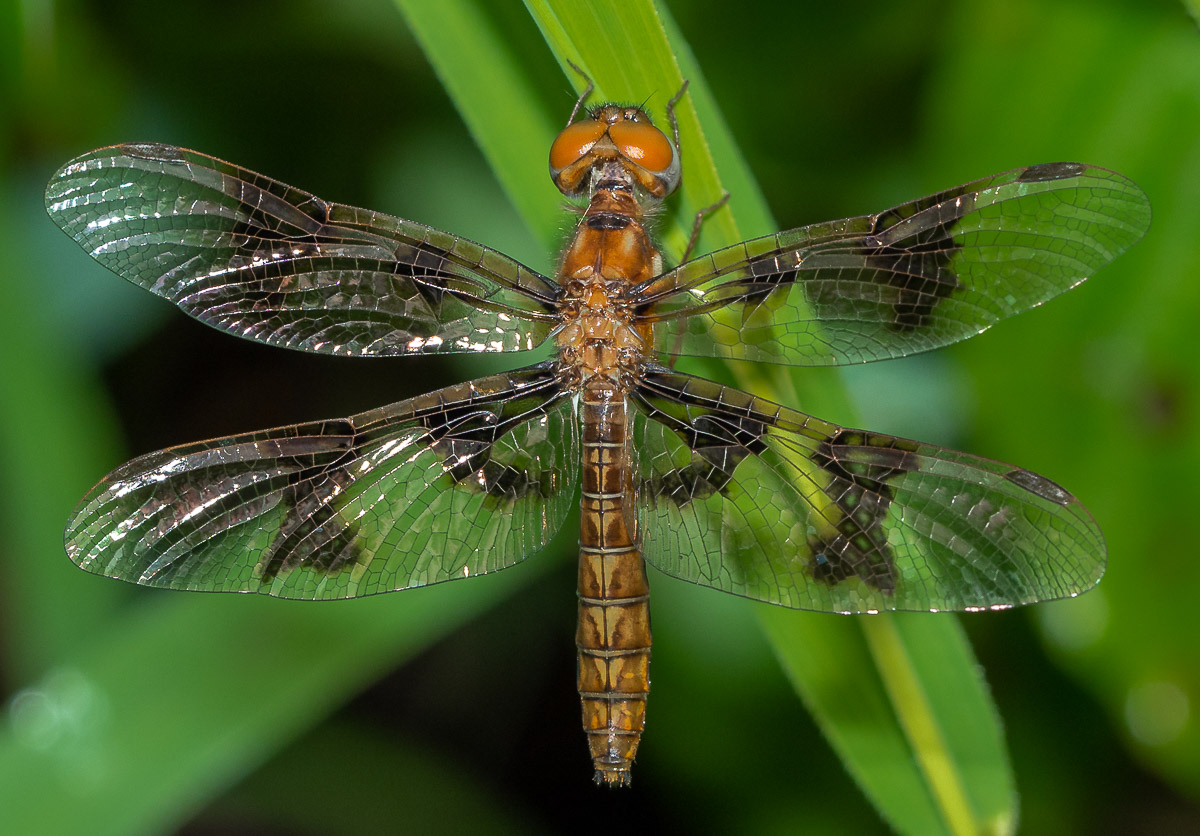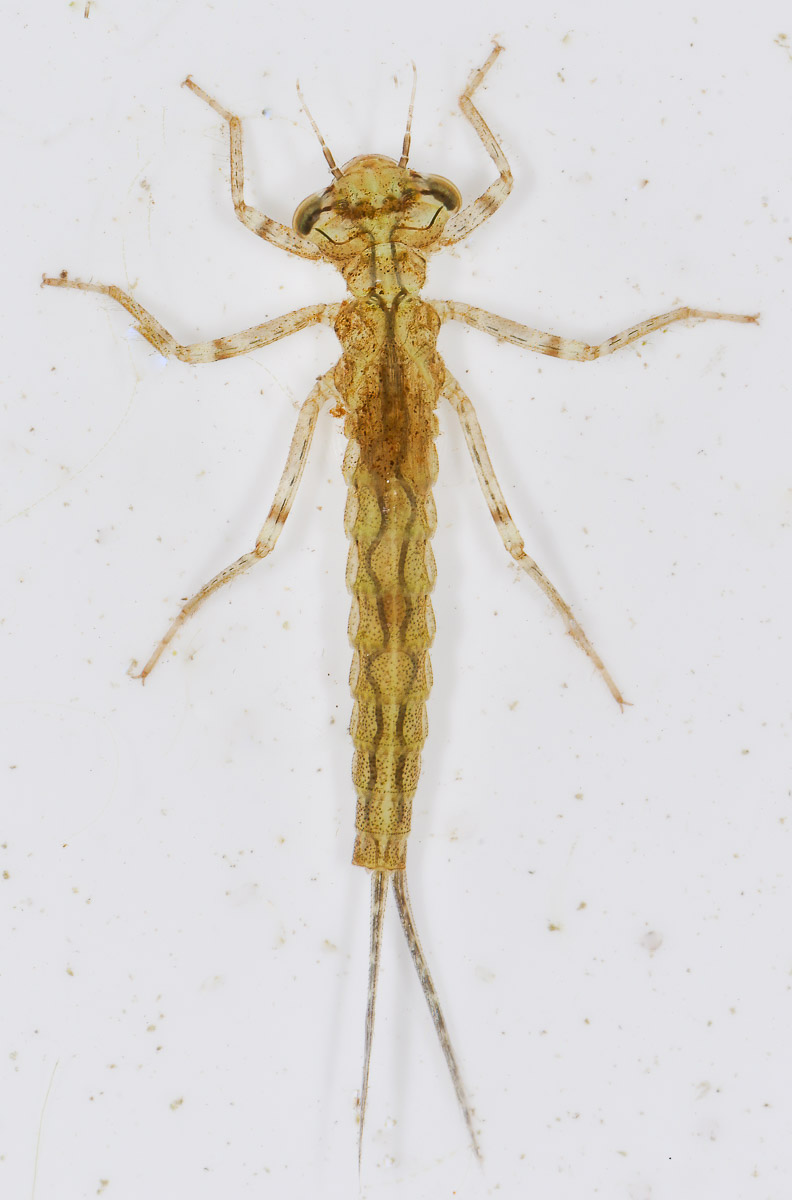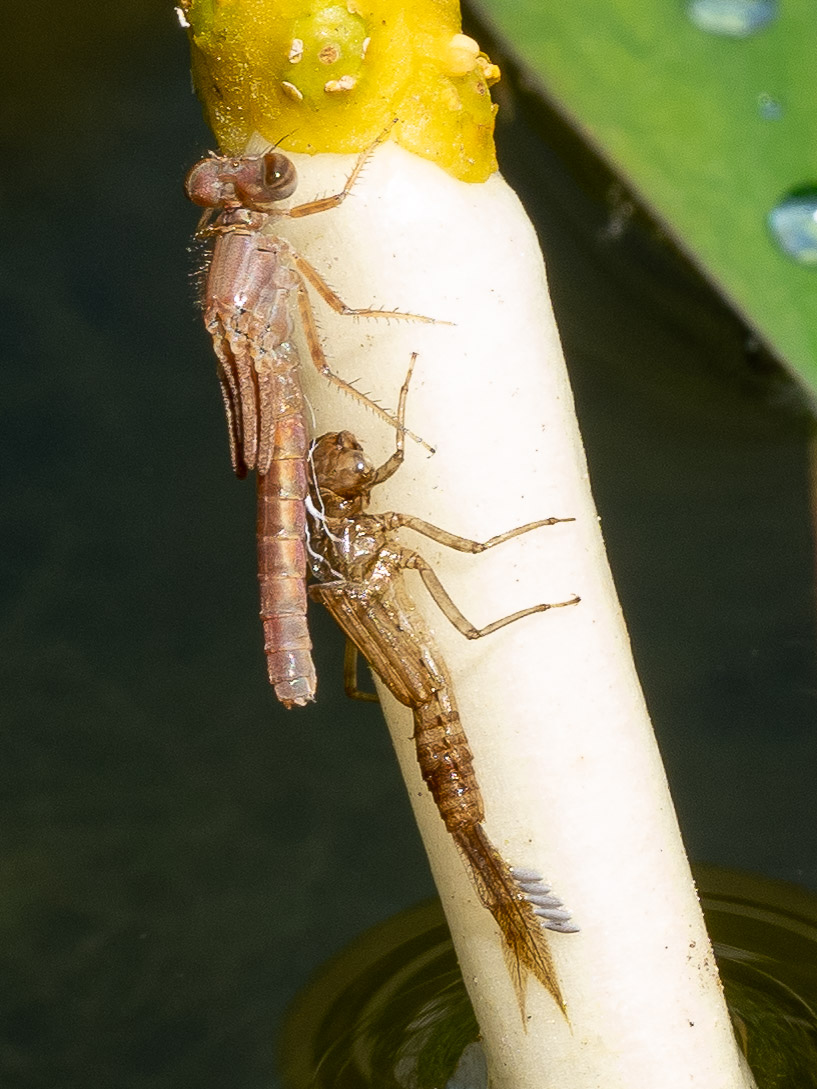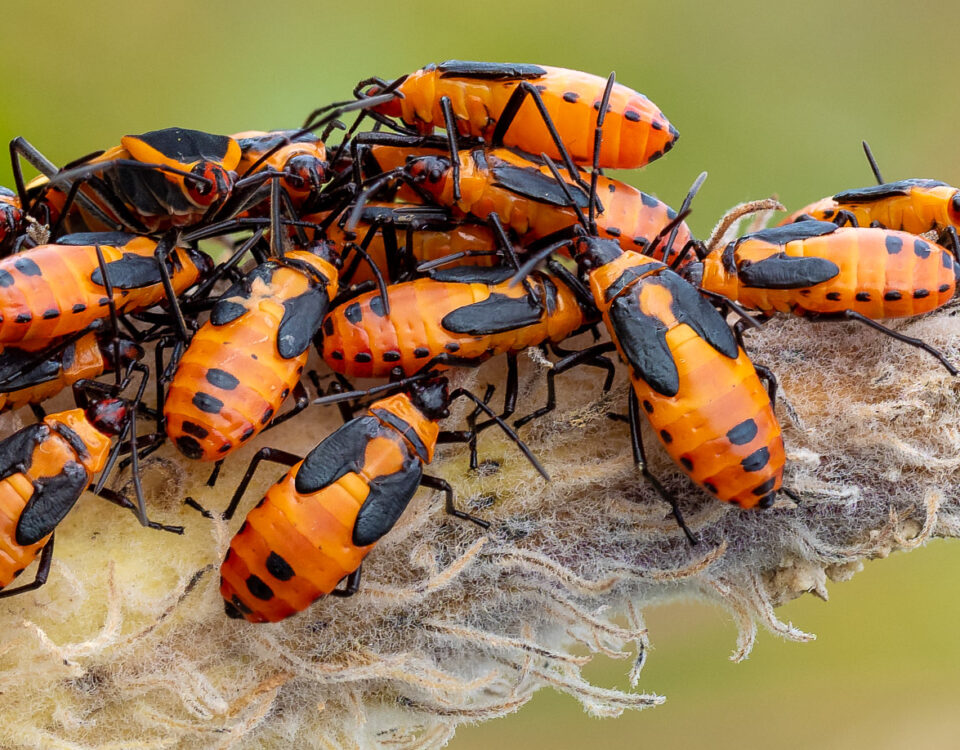The Dainty but Ferocious Damselfly

Our Transformation to Native Plants
June 24, 2020
The Popular Purple Coneflower (Echinacea)
July 28, 2020The very name Damselfly creates a docile image of these small insects that live in and around our pond.
But this is no damsel in distress. They’re ferocious carnivores with serrated jaws for feeding. Damselflies have a weak flight that is fairy-like in nature. Their bodies are slender compared to length that is only 1-2 inches with long, narrow, and clear veined wings. Unless you’re looking for one, they’re easy to miss moving about the vegetation, low around a pond.
Click on an image to activate a slideshow with titles and captions.

Female Powdered Dancer showing no fear
I have been photographing Damselflies for many years now and finding one with prey in its mouth is common. Unlike many insects that have a fear of my camera, damselflies will often stand their ground instead of retreating.
Dragonflies are the much larger relatives of Damselflies in the insect order Odonata. Damselflies have two pairs of wings that are similar in shape and size, unlike the wings of dragonflies that are different in size. Generally, damselflies are smaller and more slender with most in our yard about one inch long. They hold their wings folded back on their abdomen when at rest (except for the family appropriately called Spreadwings).

An Eastern Amberwing dragonfly for comparison. The hindwing is much wider at the body and the eyes are bigger and rounder.
Larvae Phase. We created habitat to support damselflies. We built a pond to support wildlife, then we planted it and the surrounding area, and shortly later they just appeared. Damselflies spend most of their immature life as aquatic larvae in ponds and slow-moving streams. We manage our pond “naturally”, thus allowing the larvae to survive year round. They are beneficial, eating other insect larvae such as mosquitos.
Emergence. When a damselfly larva is ready to “emerge”, it will crawl up a piece of vegetation in the pond and complete its final molt where it splits through the exoskeleton. It’s fragile and vulnerable at this point. Wings and the abdomen can be damaged during emergence. Predators, like water striders, ants, and spiders are waiting for them too.
Adult Phase. After emerging, the vegetation around our pond is filled with damselflies and mating begins. The males perch low on dense vegetation in the pond and around the edges waiting for a female ready to lay her eggs. The females stray a little further away from the pond until they are ready to oviposit. The damselflies “roost” at night, sometimes in small groups hanging off vertical stems. During the day, they catch a large variety of small (and not so small) prey serving a beneficial purpose as adults too.

Damselfly larva found in our pond in April

Eastern Forktail's final molt to emerge from its exoskeleton using a Goldenclub flower.




